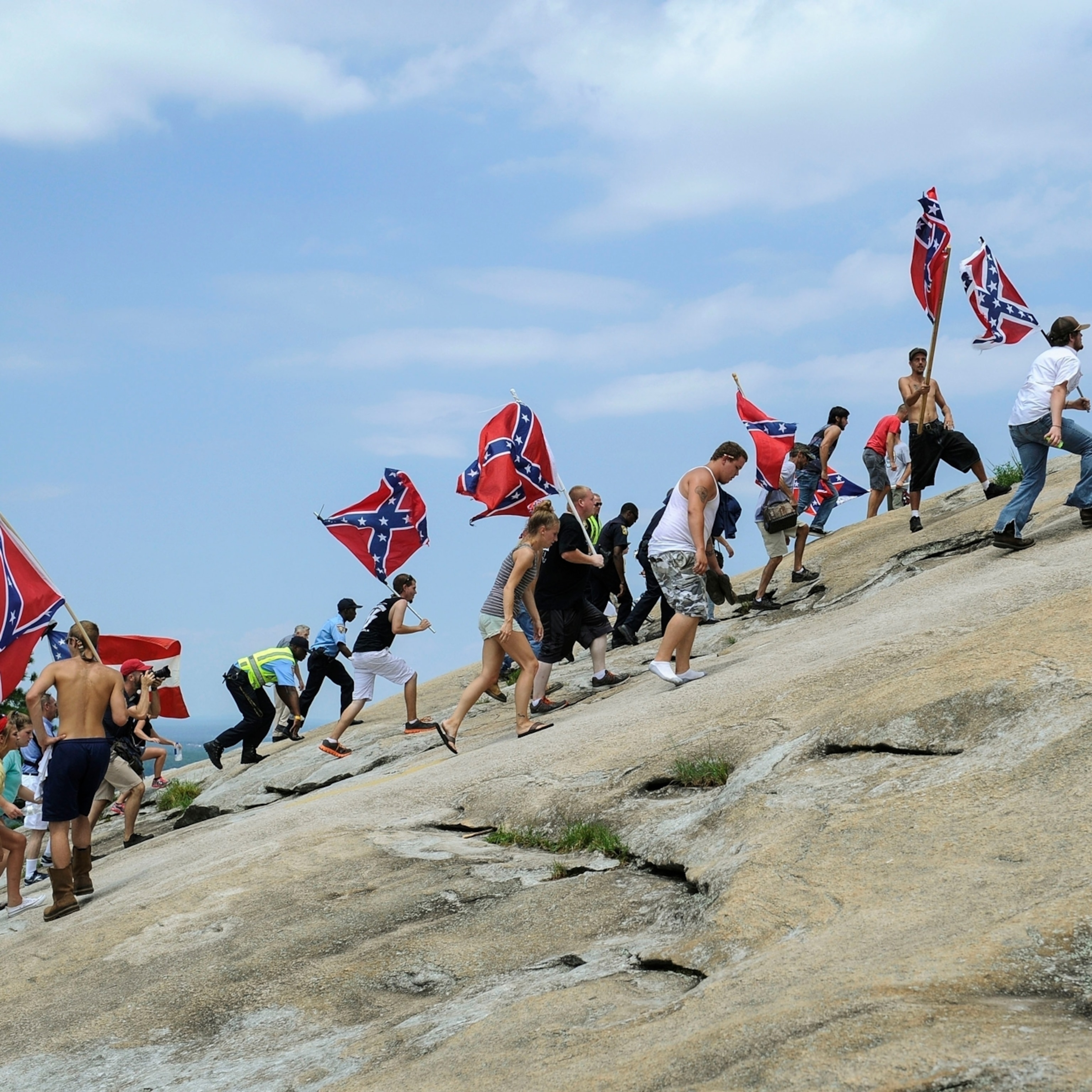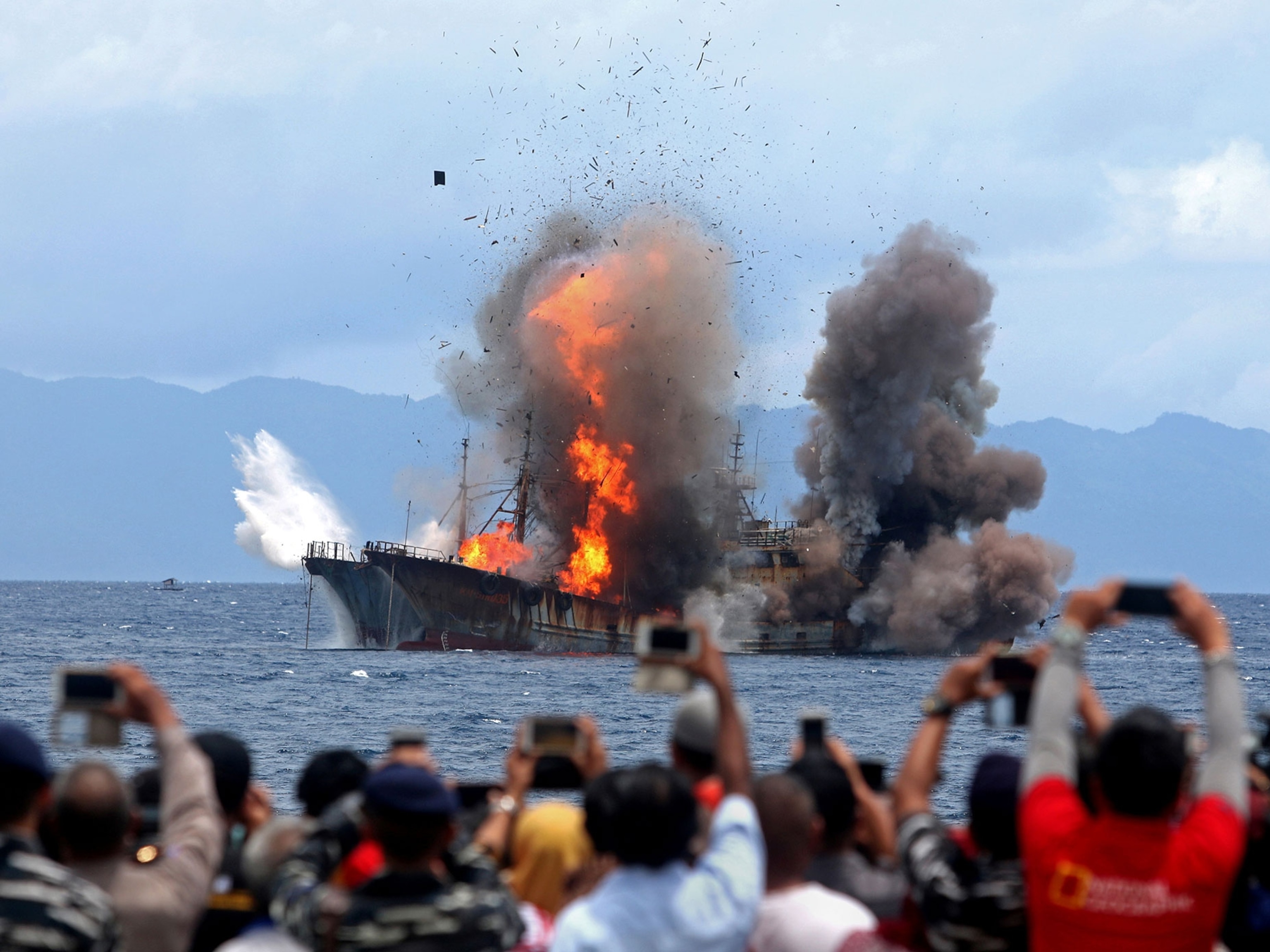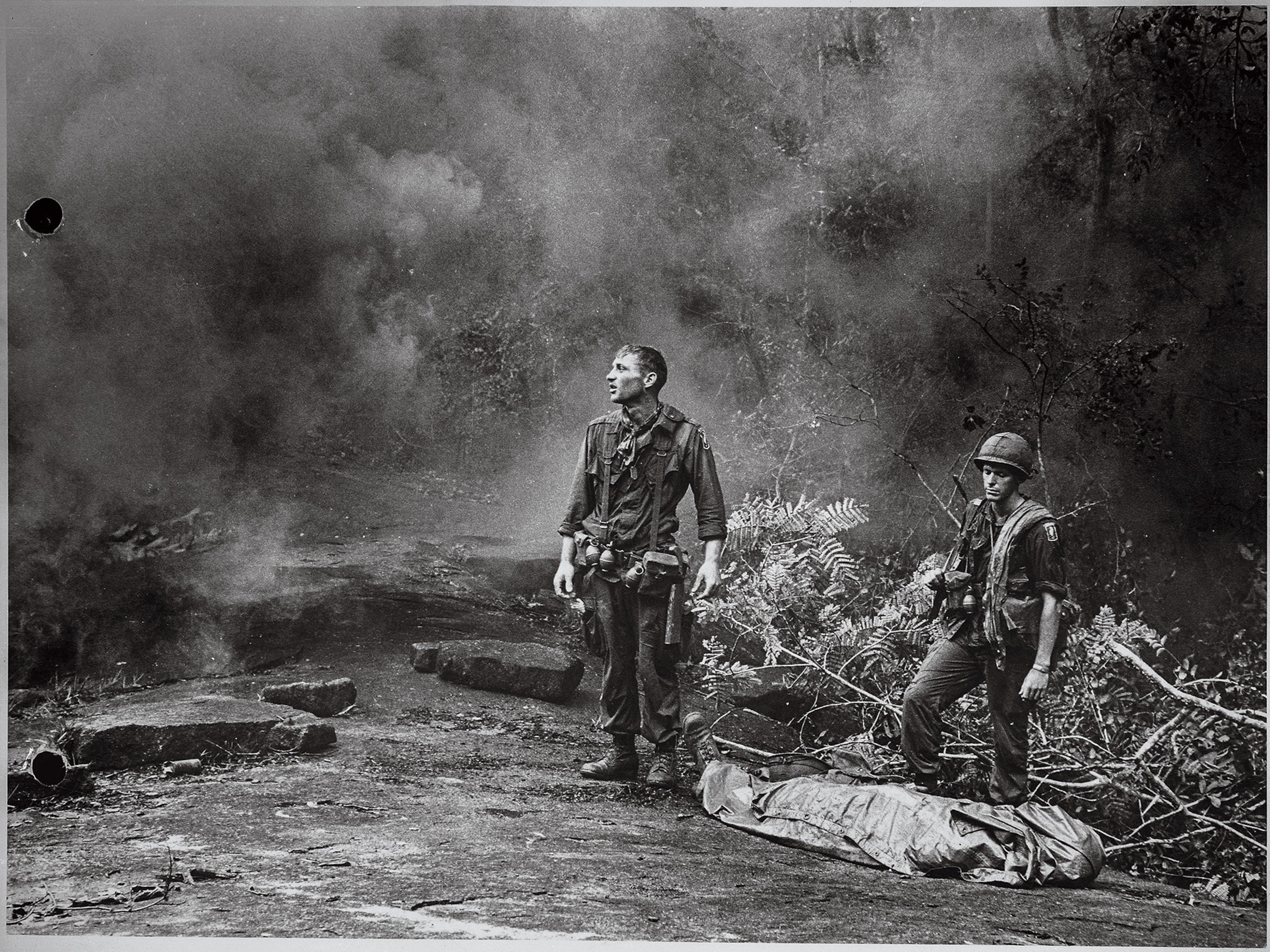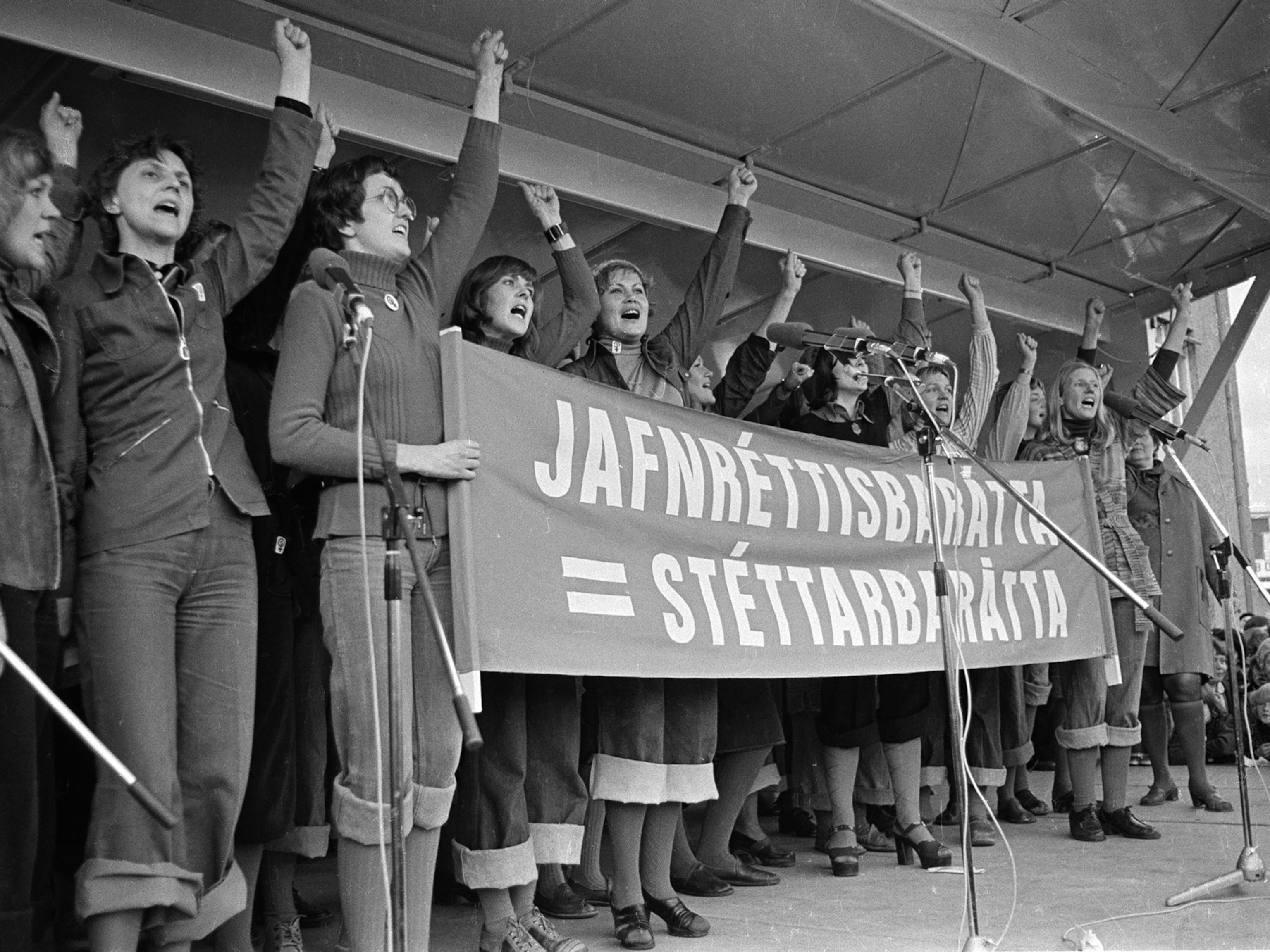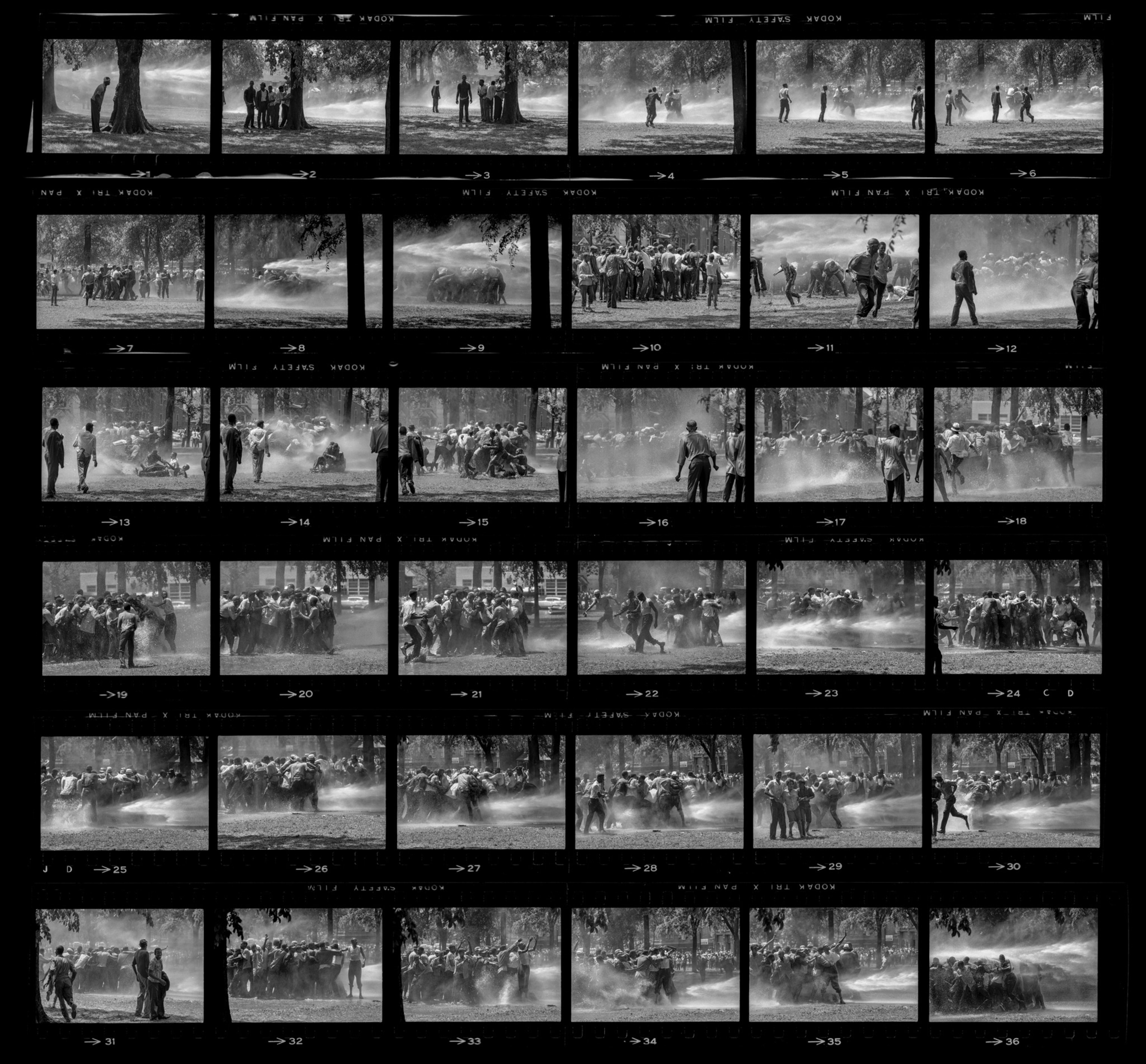
How will the protests end? History tells us much depends on how government responds
The long, hot summers of protest in the 1960s offer a lesson in missed opportunities.
America is on fire, and we know how it began. On May 25, a 46-year-old black man named George Floyd died in police custody in Minneapolis, unleashing political demonstrations that have spread to at least 140 cities in the United States and continue more than two weeks later.
How it ends is an open question. The National Guard was deployed to curtail outbreaks of violence in many states and President Trump called for military intervention, inflaming an already volatile national racial climate. Yet the protests have become larger and more peaceful. (See what ‘nonlethal’ weapons can do to the body.)
Protests against racial injustice and repression have a long history in this country. Examining the government and national response during previous eras of racial unrest, especially during the “long, hot summers” from 1963 to 1968, might help us predict what comes next—and guide us toward eventually ending this tragic cycle once and for all.
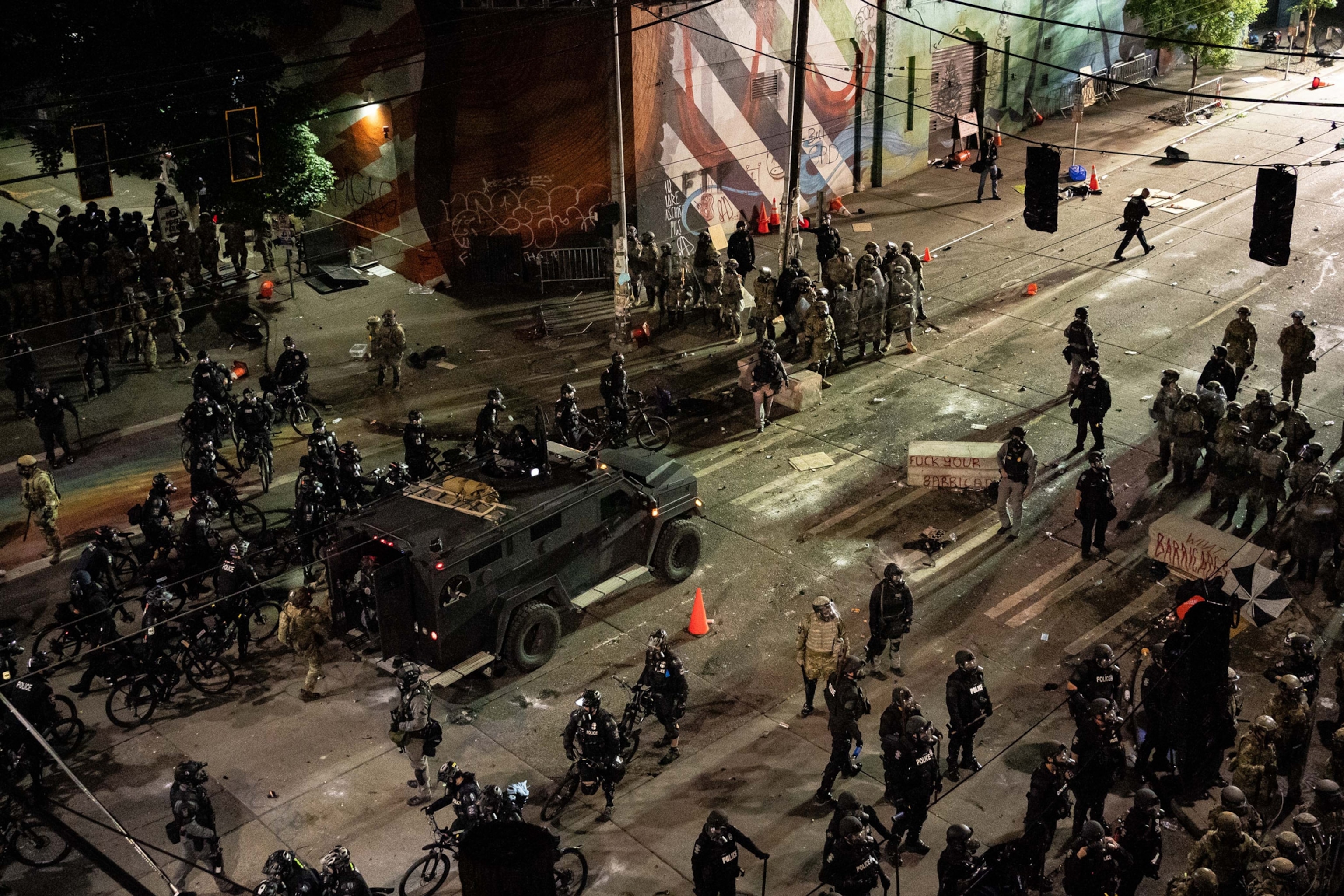
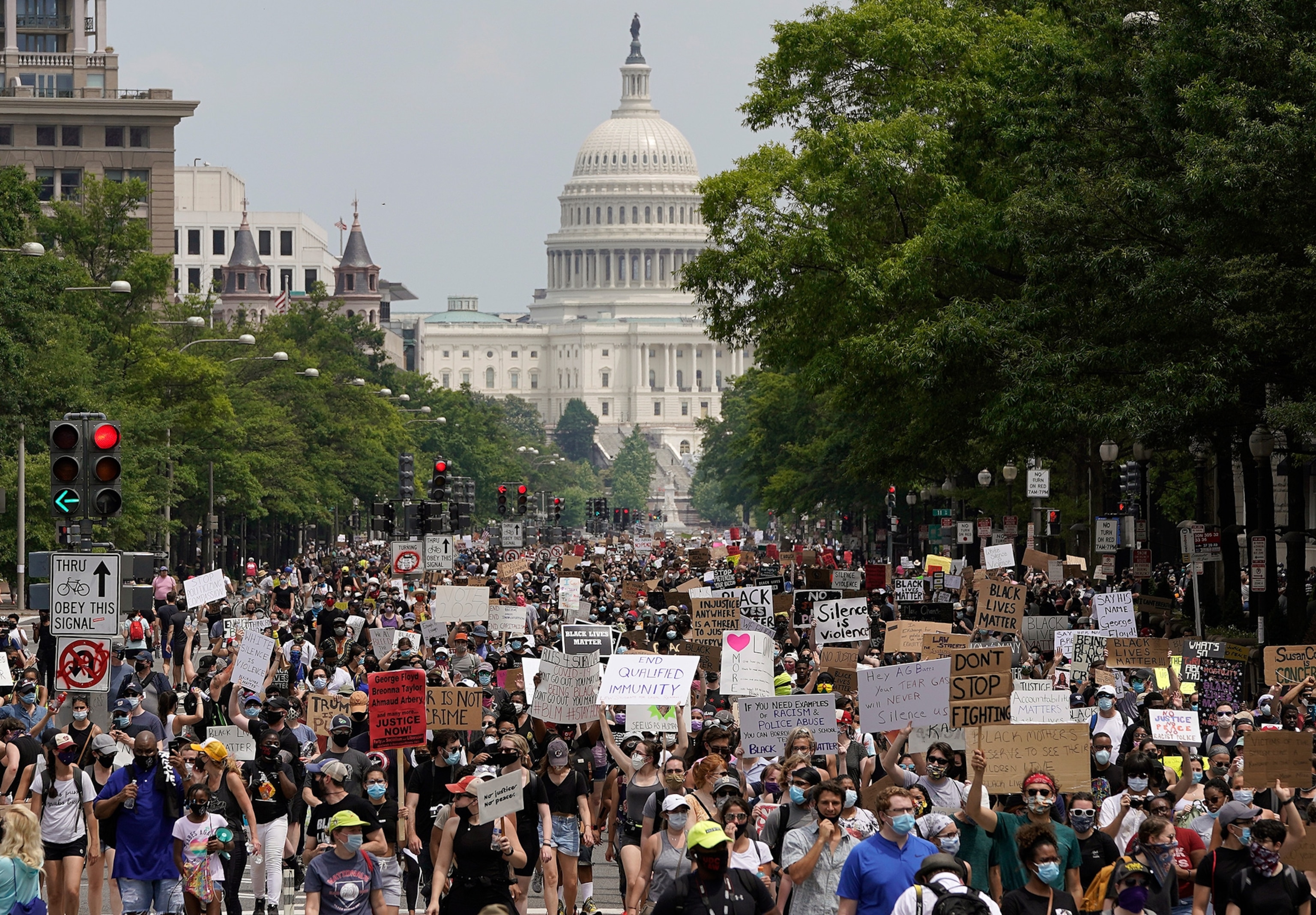
Like the George Floyd protests, the demonstrations in the 1960s were rooted in a search for black citizenship and dignity against the backdrop of institutional racism, segregation, discrimination, and violence.
Like the current protests, the earlier protests demanded that the country fulfill its promises. In his “Letter from a Birmingham Jail,” the Reverend Martin Luther King, Jr., characterized African American protests enveloping that city in 1963 as a call for the nation to “return to those great wells of democracy dug deep by the founding fathers.”
And like the unrest now, the outcome of the “revolution,” as President Kennedy called it in a nationally televised speech on June 11 that year, will be either violent or peaceful depending on government response. “Those who do nothing invite shame and violence,” said Kennedy. “Those who act boldly recognize right as well as reality.” After Kennedy’s assassination, Lyndon Johnson introduced the Great Society, a program that would build on the anti-poverty and social welfare policies established by the New Deal. Civil rights activists, most notably King, enthusiastically supported it.
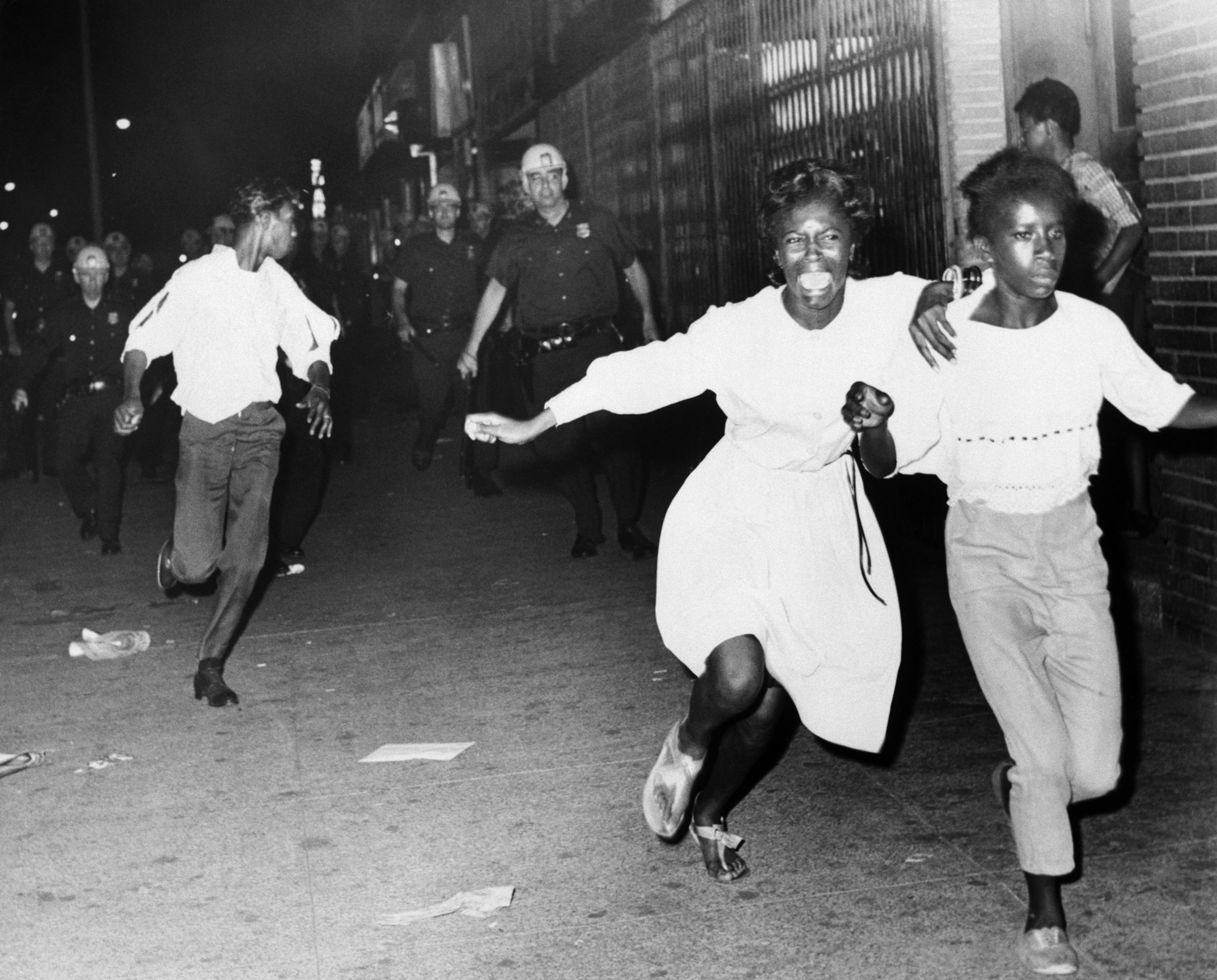
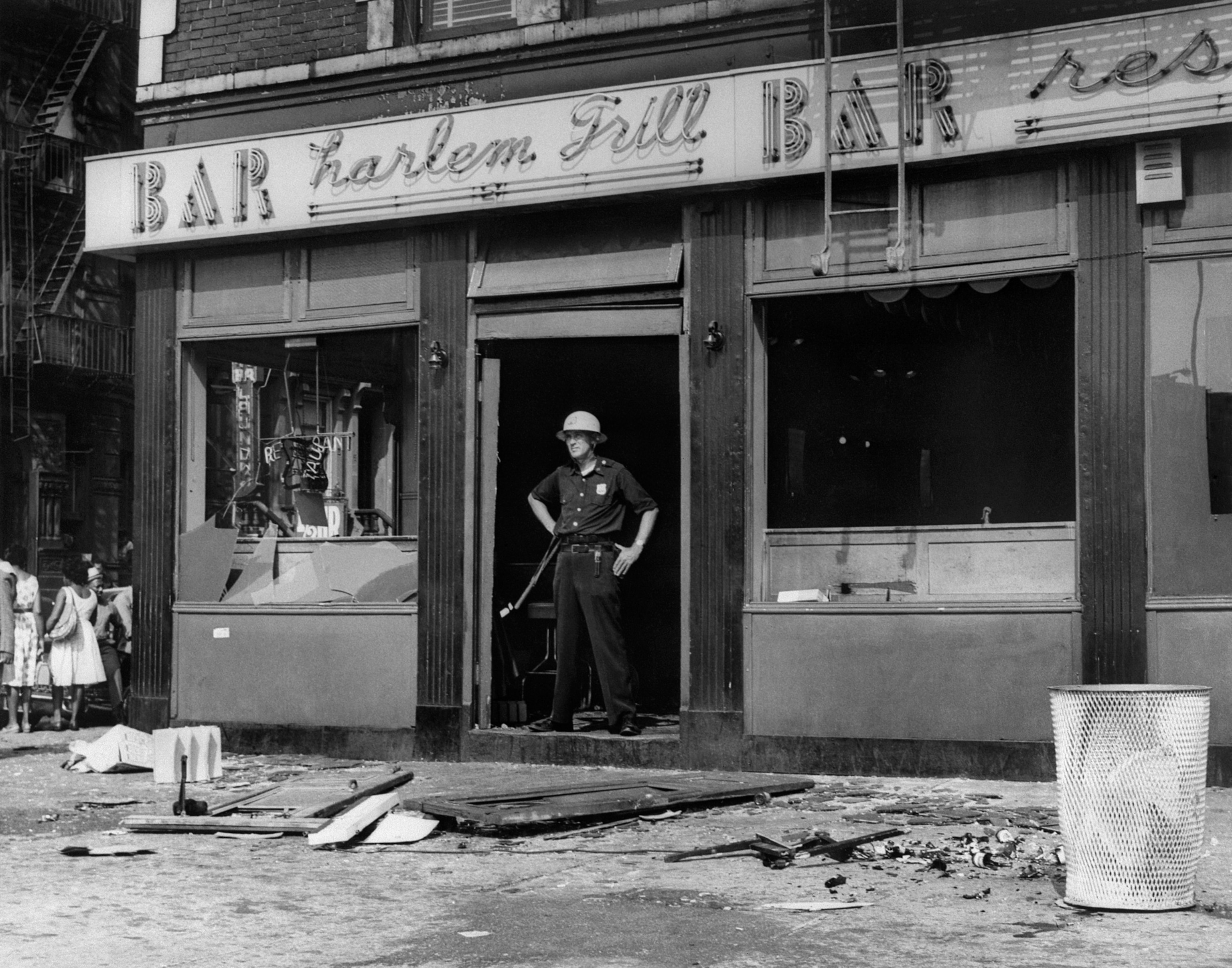
But the Great Society didn’t address some of the intractable racial problems that plagued the country and triggered urban rebellions in Harlem in 1964 and Watts in 1965. In both places, predominantly white police officers patrolled overwhelmingly African American neighborhoods, leading to police brutality—a situation that both King and Malcolm X had railed against.
Harlem: A teenager killed
In 1964 Harlem retained some of the cultural vibrancy—the jazz clubs, the literary scene—that fueled the Harlem Renaissance during the 1920s. But the New York City neighborhood had also been scarred by poverty, disinvestment, dilapidated housing and tenements, and tense relations between residents and the largely white police force.
On July 16, 1964, these tensions reached a boiling point when a white police officer shot 15-year-old James Powell, an African American. Powell’s death turned Harlem into a domestic battleground featuring clashes between bottle- and rock-throwing residents and police who at times indiscriminately attacked rioters as well as innocent bystanders. The uprising lasted for six days. (Learn what photographs reveal about our understanding of protests.)
The immediate aftermath of Harlem’s urban rebellion was promising. Plans to provide the neighborhood with anti-poverty funds from the federal government accelerated. The Economic Opportunity Act, passed a month later as part of the Great Society and President Johnson’s War on Poverty, seemed to bode well for the neighborhood’s recovery—and New York City’s. Early childhood education, nutrition, and afterschool programs received infusions of funding.
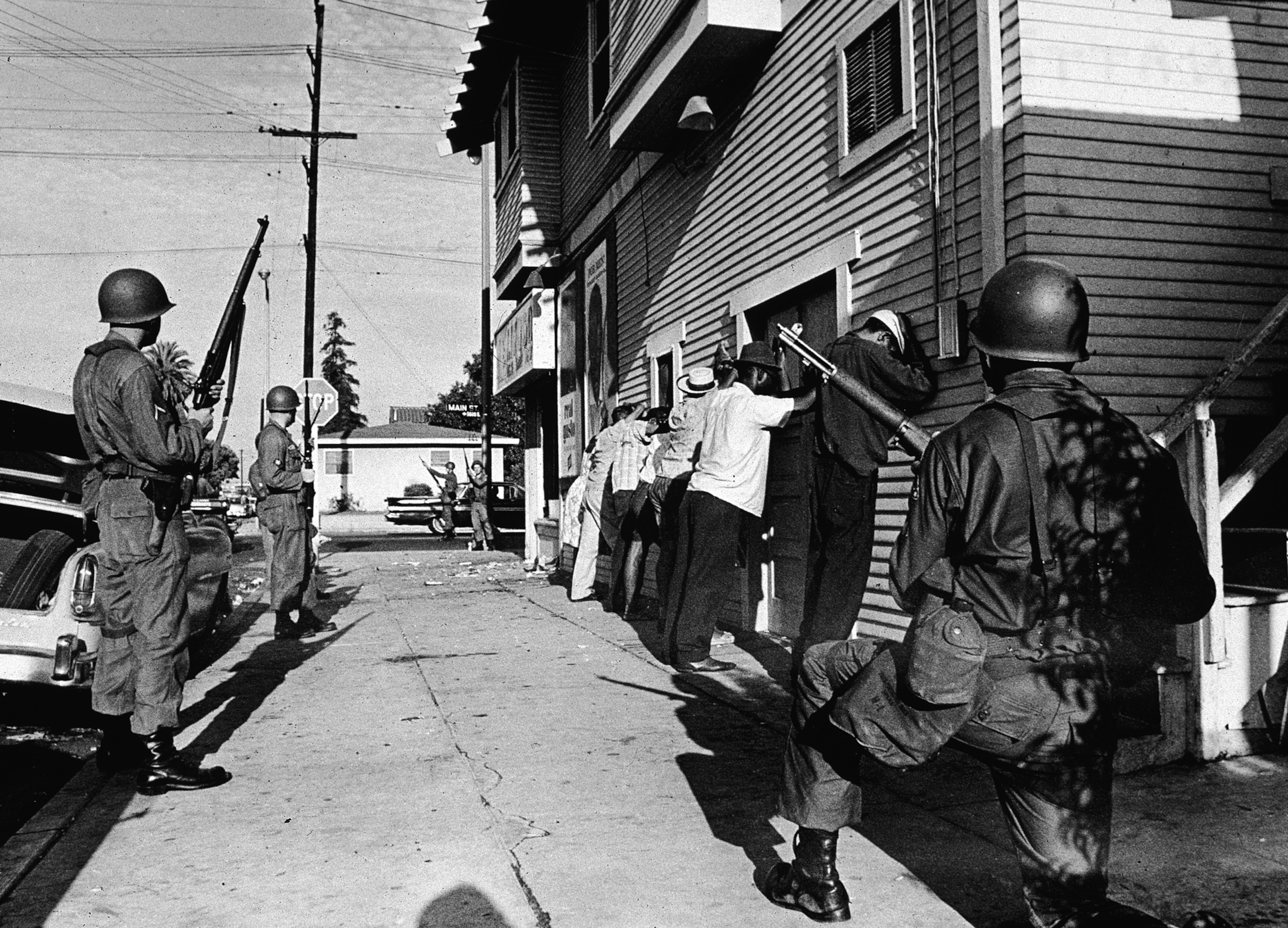
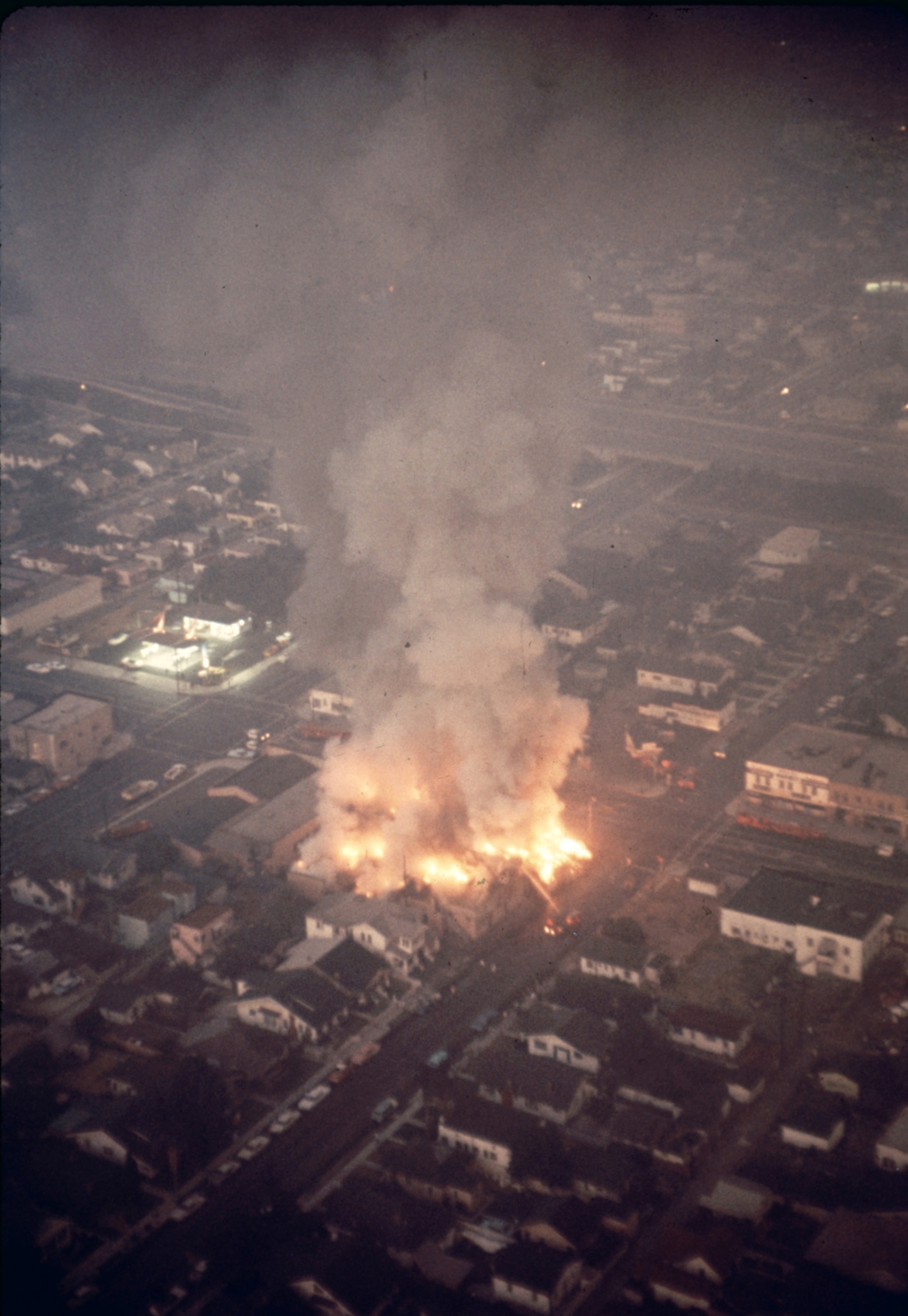


But hopes of building a new revitalized Harlem fizzled. Harlem’s dire need for economic investment proved too great for the limited resources and political will of the era, in which far more money was spent fighting in Vietnam than fighting poverty. Revitalization eventually came to Harlem but in the form of gentrification that has been both a blessing and a curse to local residents.
Watts: A contentious traffic stop
On August 11, 1965, little over a year later, Watts exploded. A similar mix of poverty, racial segregation, and police brutality triggered protests and civil disorder in the Los Angeles neighborhood. Ninety-eight percent of Watts’ residents were African American; 30 percent of black men lacked employment. Through decades of abuse, the Los Angeles Police Department had earned a reputation as violent, racist, and prone to using excessive force with the black community.
This all came to a head five days after the passage of the Voting Rights Act when police pulled over a black motorist named Marquette Frye, whom they suspected of drunk driving. A restive crowd watched as police arrested Frye, his brother, and his mother. Within an hour, a full-blown urban rebellion began that lasted one full week.
The zone of rebellion, rioting, and violence spanned some 46 miles and drew 14,000 law enforcement members, including the Los Angeles Police Department, the California Highway Patrol, and the National Guard. The unrest left 34 people dead, 1,000 people injured, at least 4,000 arrested, and property damage estimated at $40 million. The damage proved to be massive, widespread, and enduring. Parts of Los Angeles have still not fully recovered.
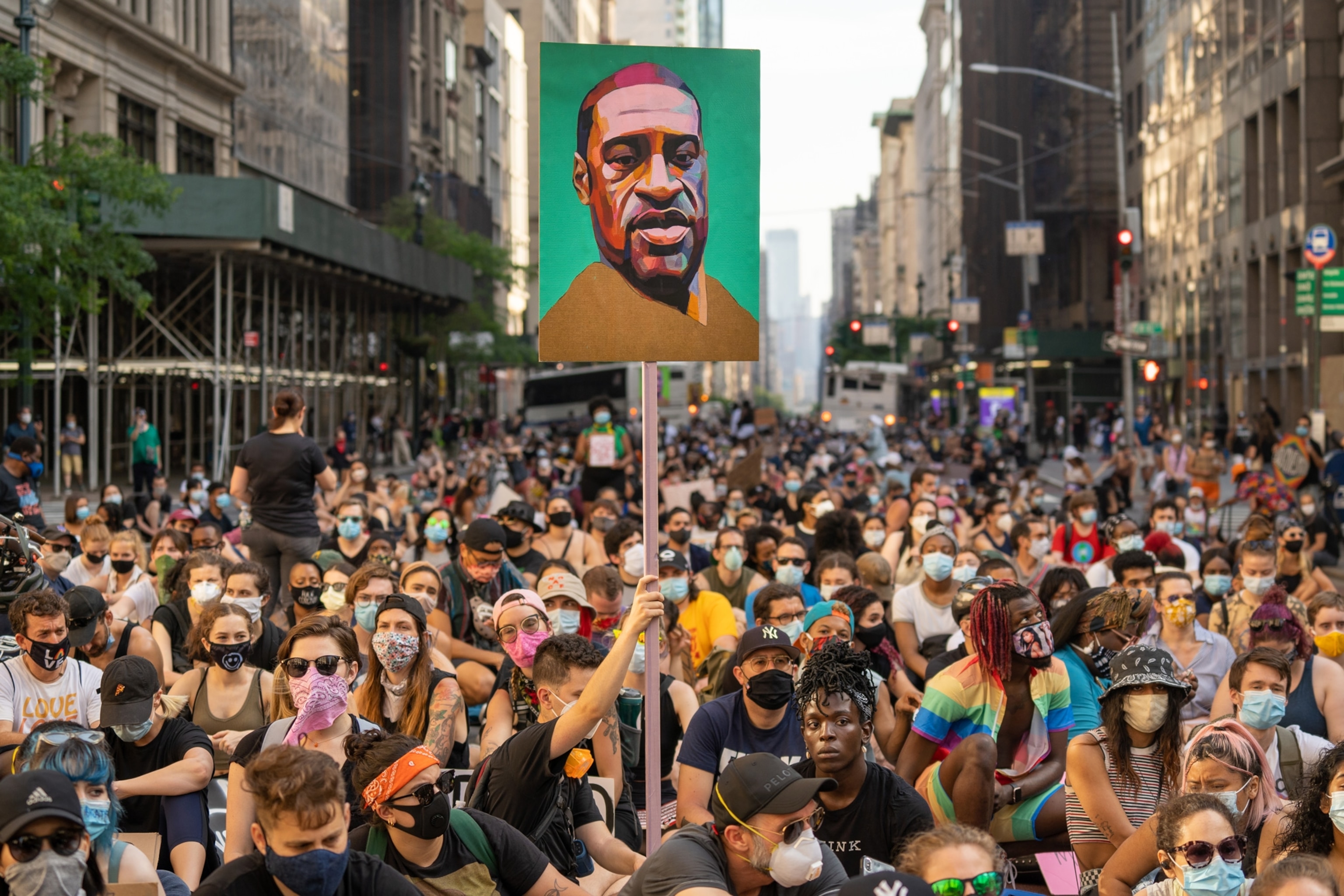
Afterward, Johnson sent an emergency infusion of anti-poverty funds to Los Angeles, a subject he discussed with King in one of their last secretly recorded phone calls. Publicly, however, the president decried the rioting and violence as disconnected from civil rights, denouncing looters as antithetical to the cause of racial justice.
As in Harlem, federal efforts to revitalize Watts proved short-lived, largely ineffectual, and under-resourced. Community members attempted to forge political solidarity between gang leaders, Black Power activists, civil rights organizations, and faith and civic groups. But local efforts to support African American arts, gang diversion, playgrounds, school integration, and secure investment for small businesses were underfunded. The federal government’s priorities had shifted.
As the story played out in the national media, the Watts’ rebellion represented a failure of Johnson’s Great Society agenda. That narrative facilitated the rise of Ronald Reagan, who was elected California’s governor in 1966, and fueled a conservative political movement more interested in crime control than eradicating the roots of racial unrest. Johnson recognized he was on the losing side of a political war of attrition: Congress was more willing to support the Vietnam war effort, which both parties deemed vital to democracy’s future, than anti-poverty efforts that increasing numbers of Republicans and Democrats believed sapped individual initiative and encouraged lawlessness. (Read why protests may not be enough to change systemic racism.)
The answer to the question of whether America’s Great Society would center racial and economic justice or further criminalize and pathologize black communities came in 1968 with the Safe Streets Crime Bill. The bill put the federal government, for the first time, in the business of funding states’ anti-crime resources, transforming the war on poverty into a war on crime.
Unlike the Great Society, this war has endured, successfully criminalizing vastly more African Americans than could have been imagined in the aftermath of Watts. This unequal justice system impacts employment, housing, education, and social welfare for tens of millions of African Americans and inaugurates a supply chain of grief, trauma, and suffering that inevitably leads to national political unrest.
The George Floyd protests represent another major inflection point in American history. Americans of all backgrounds have a generational opportunity to choose love over fear, King’s “Beloved Community” over “Law and Order,” investing in racially segregated and economically impoverished black neighborhoods over punishing, containing, surveilling, and imprisoning black people. We have had such stark choices in the past, as Harlem and Watts reveal, and picked the wrong path every time. We have, just as we did in 1968, a stark moral and political choice to make. I choose hope.

